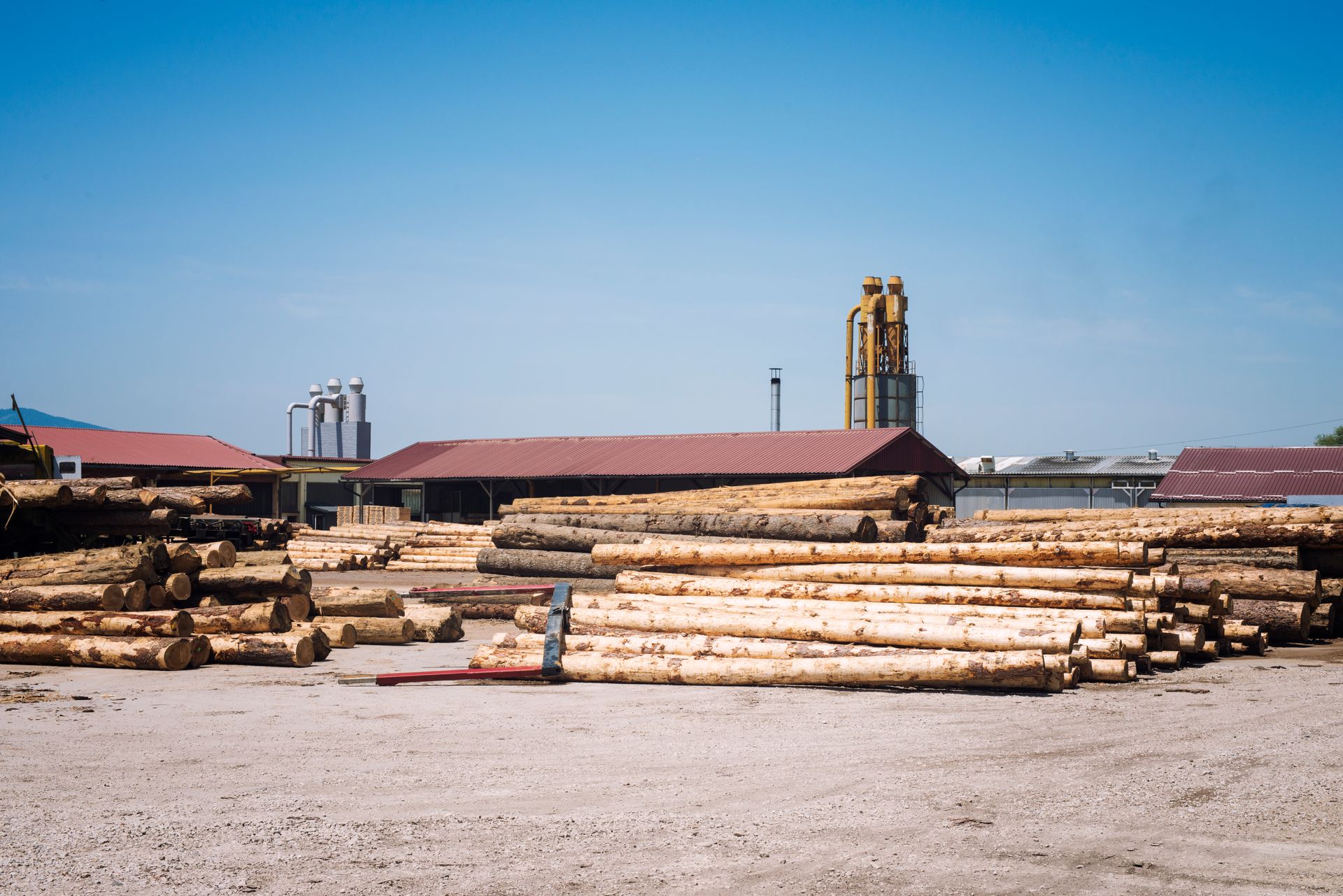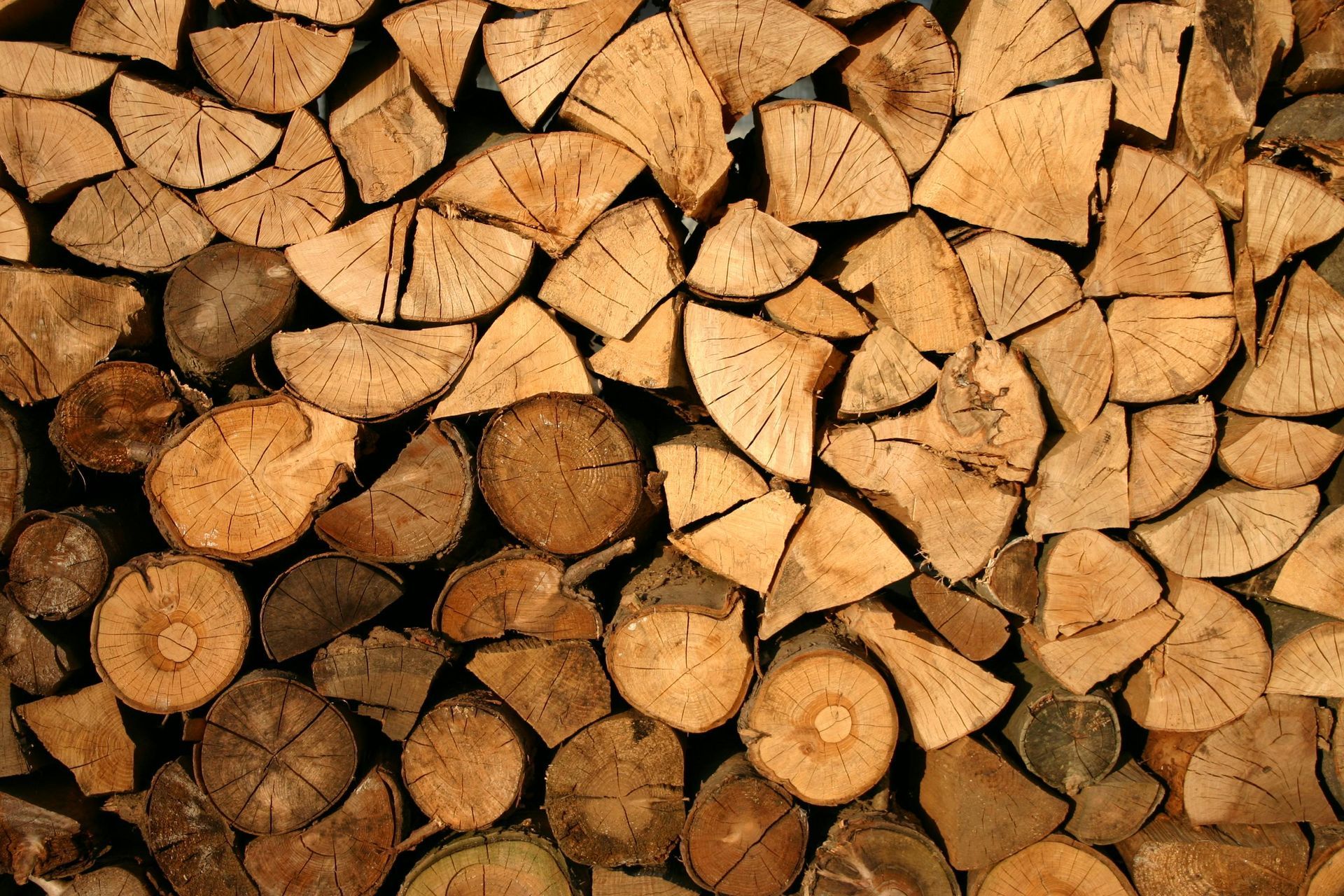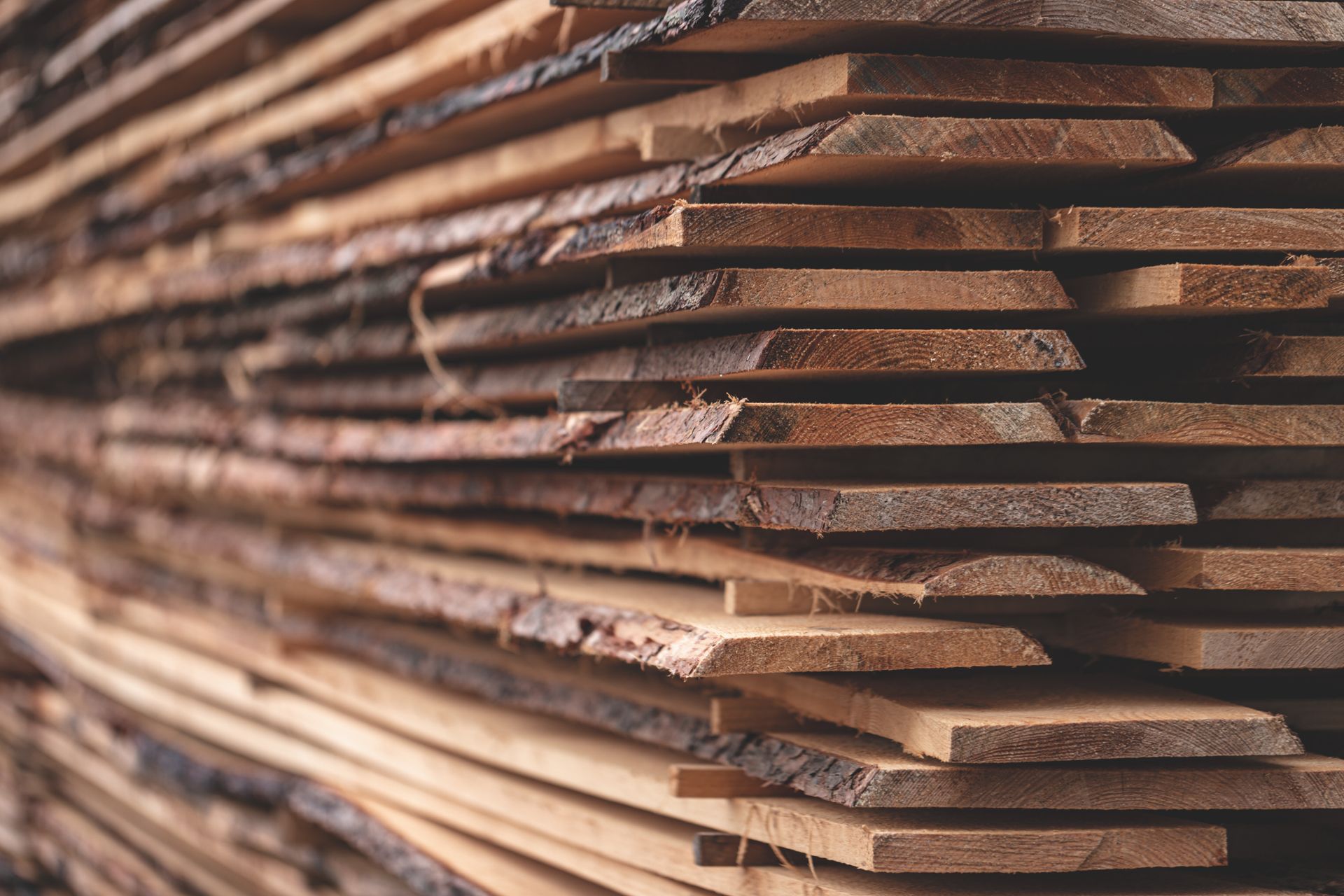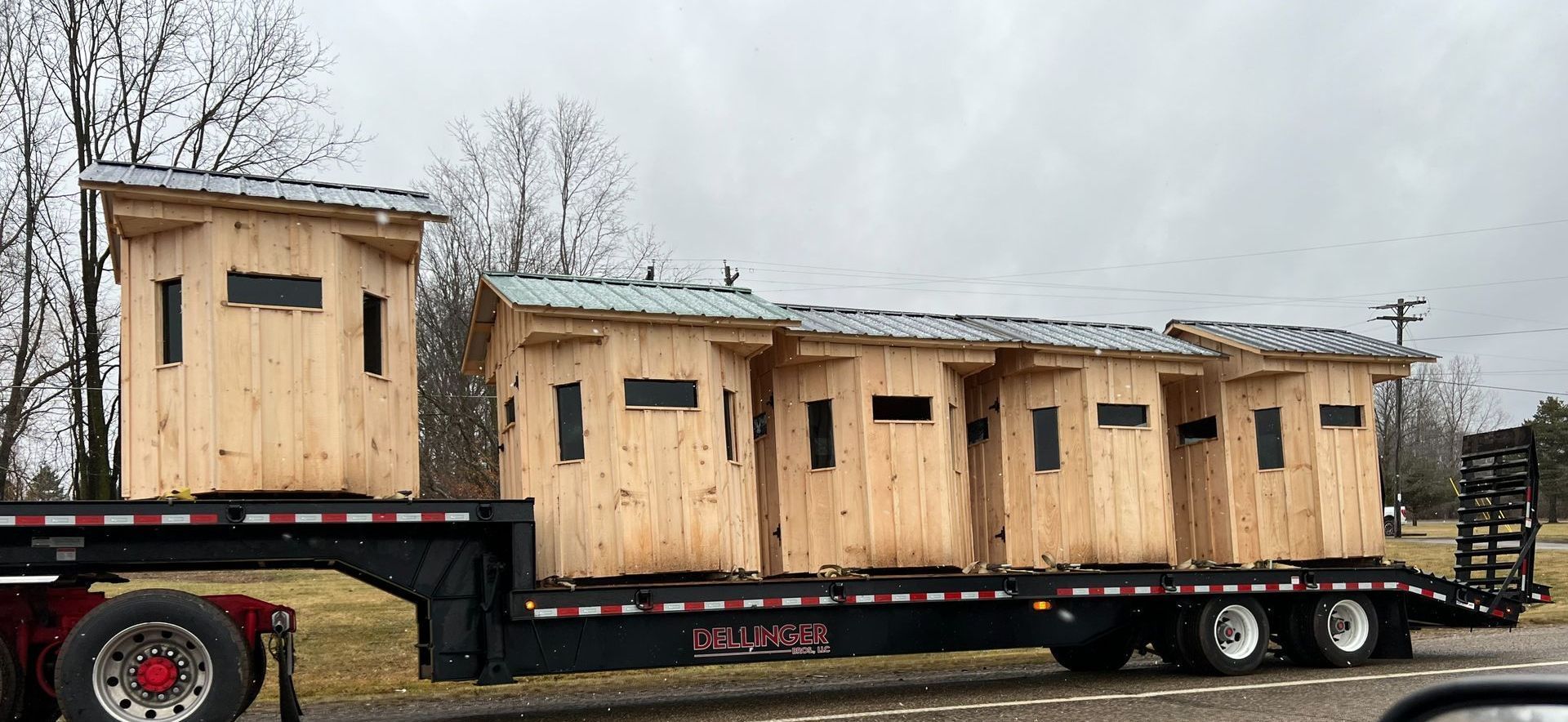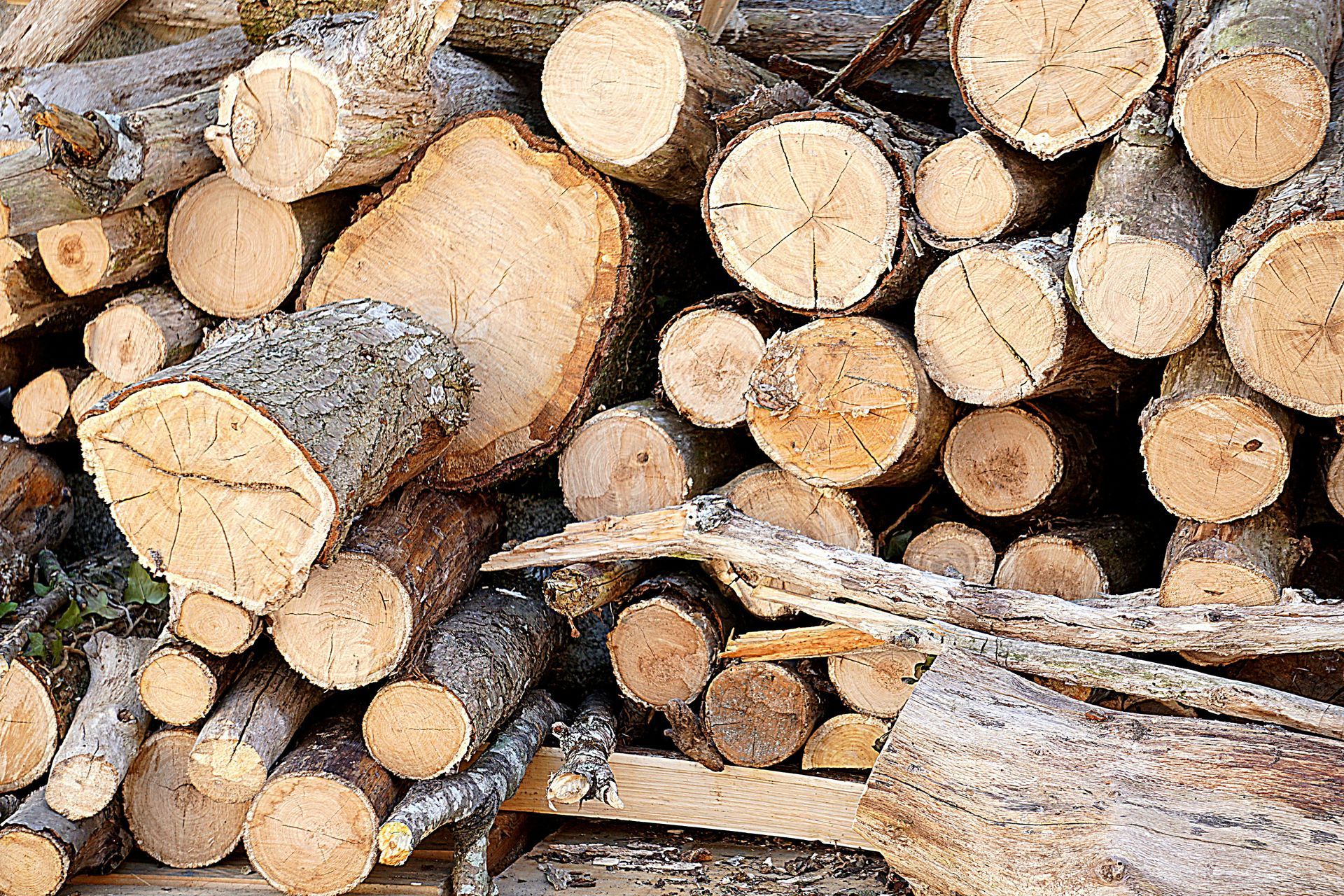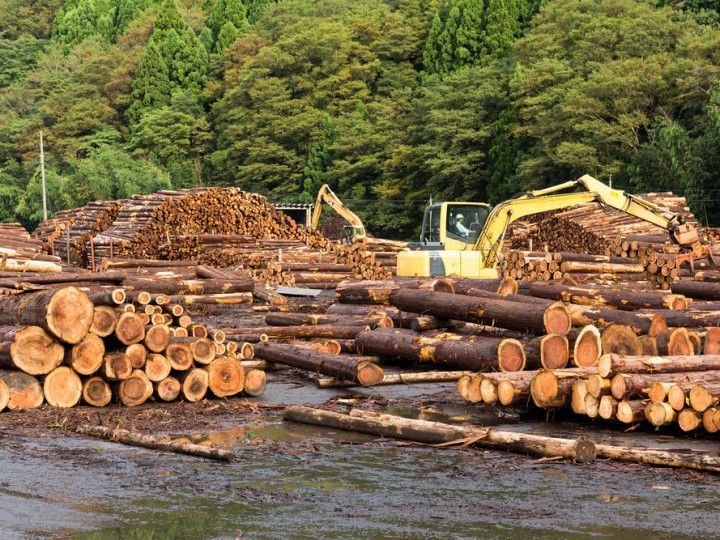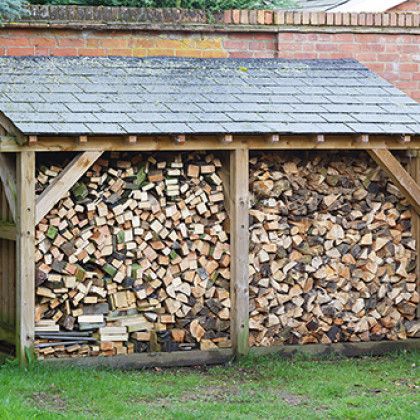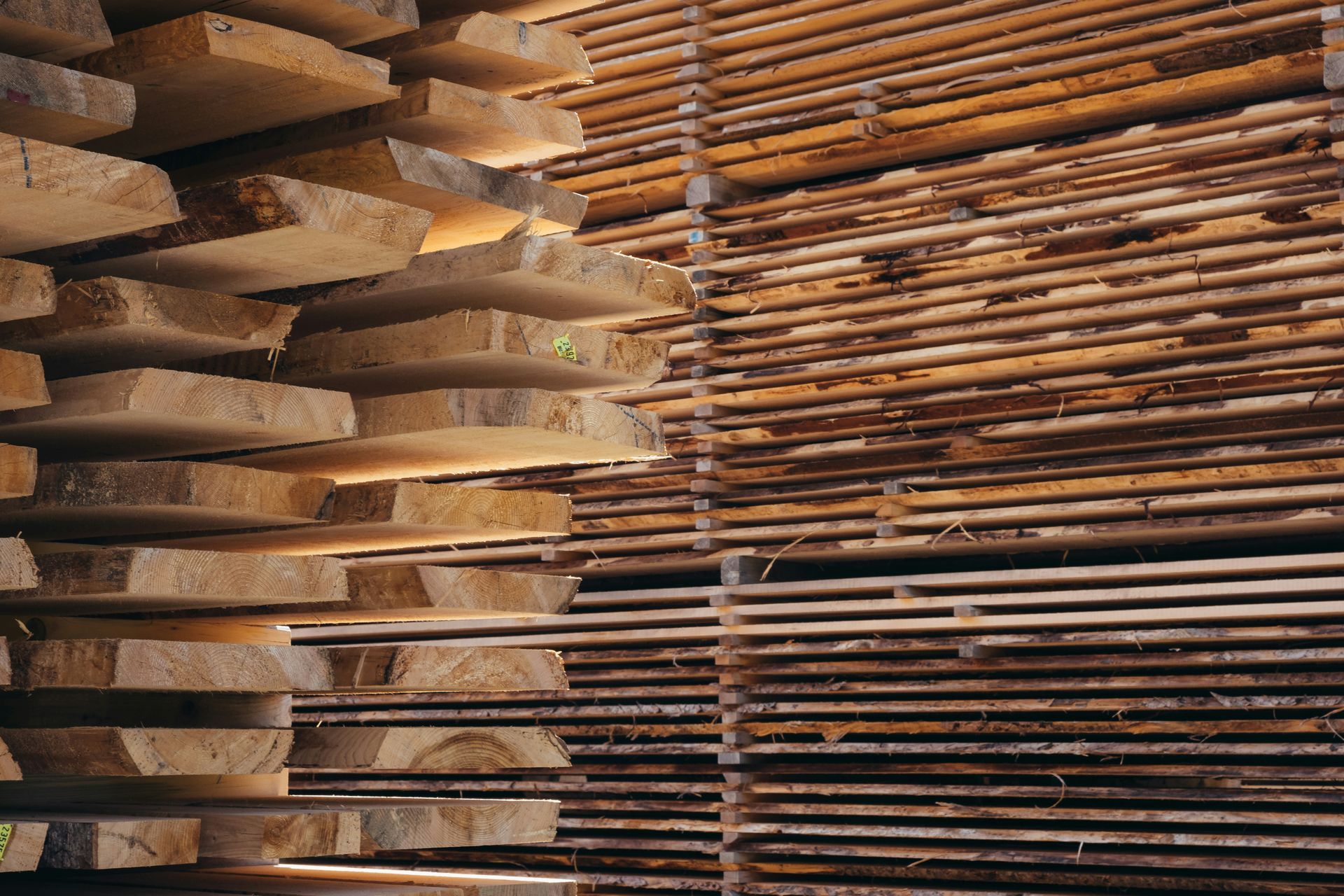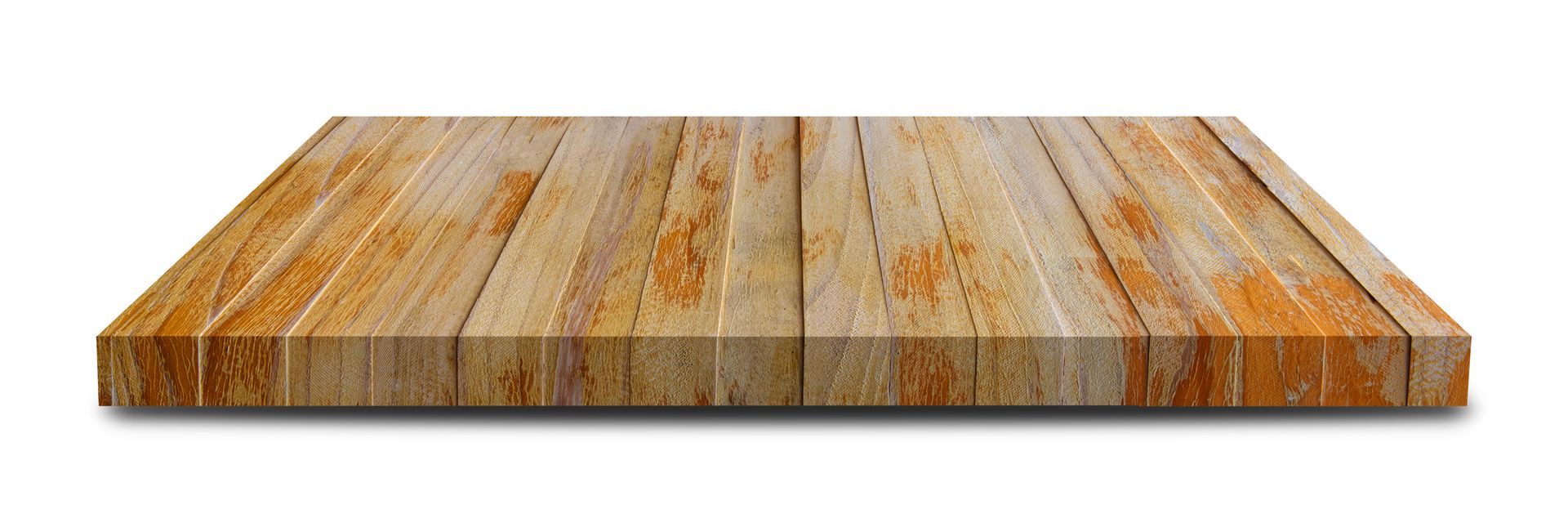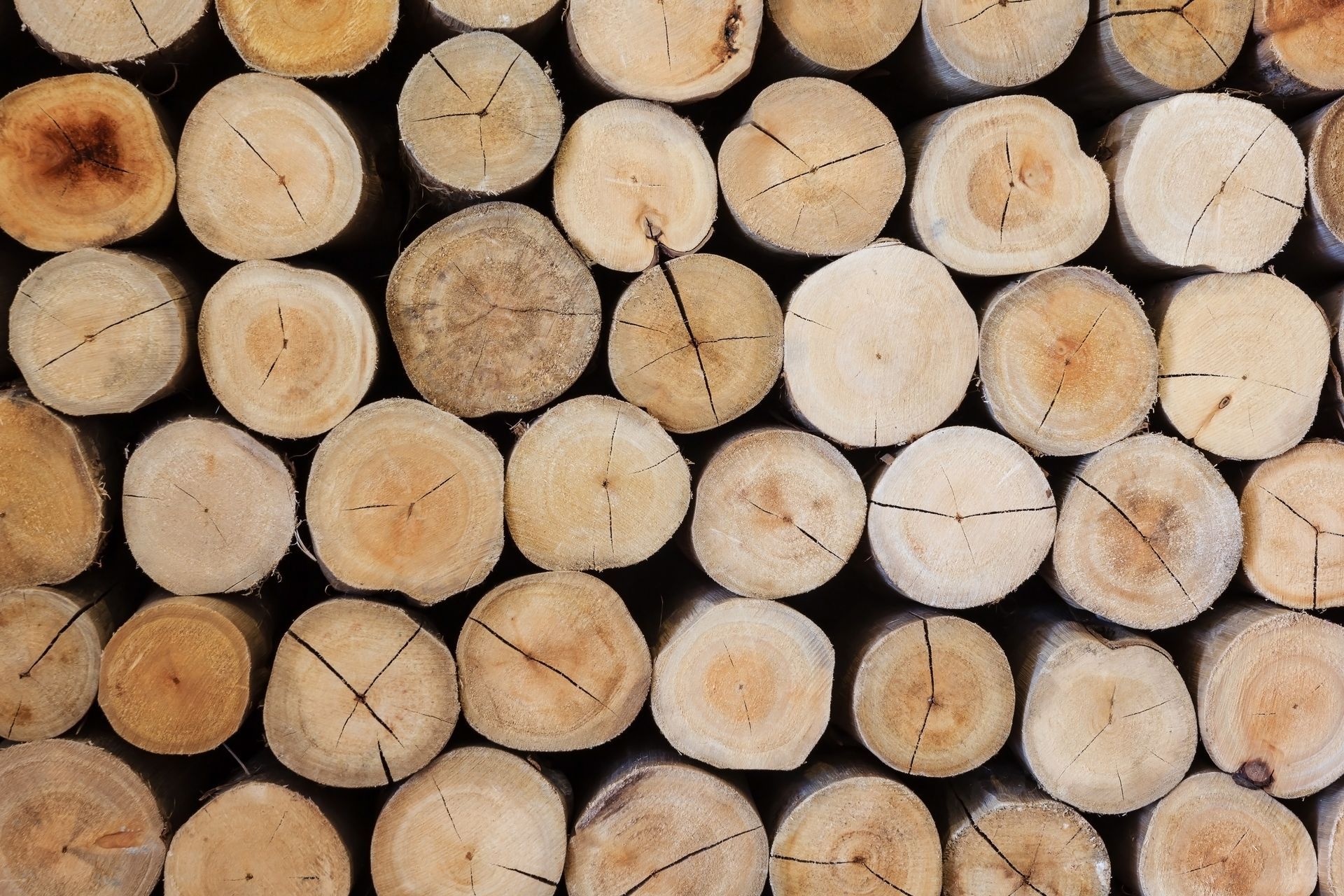How to Properly Store Lumber to Keep It in Top Condition
When it comes to woodworking, construction, or any lumber-based project, maintaining the quality of your materials is crucial. Proper lumber storage ensures that your wood remains straight, dry, and free of damage caused by warping, moisture, or pests. Whether you’re a hobbyist or a professional, understanding how to store lumber correctly will save you money, time, and frustration in the long run.
At
Potterville Sawmill, LLC in Charlotte, MI, we not only provide high-quality
lumber but also offer expert advice and durable lumber storage solutions designed to protect your investment. This guide will walk you through how to properly store lumber and highlight some of the best ways to organize your workspace efficiently.
City skyline
Why Proper Lumber Storage Matters
Wood is a living, breathing material—it responds to changes in temperature, humidity, and even air circulation. If lumber is stored improperly, it can quickly absorb moisture from the air, leading to warping, cupping, or splitting. On the other hand, storing lumber in overly dry or poorly ventilated spaces can cause cracking or shrinkage.
Proper storage ensures that your lumber remains stable and ready to use for any project. It helps maintain the wood’s structural integrity and aesthetic appeal, whether you’re crafting furniture, building decks, or cutting boards.
At
Potterville Sawmill, LLC, we’ve seen firsthand how improper storage can ruin high-quality lumber. That’s why we offer customized lumber racks for sale and other storage products that keep wood in top shape while optimizing your shop’s organization.
Choosing the Right Location for Lumber Storage
The first step in proper lumber storage is finding the ideal location. Lumber should be stored in a dry, well-ventilated area away from direct sunlight, moisture, and extreme temperatures. If you have an indoor workspace, such as a garage or workshop, that’s often the best option.
Here are a few key tips:
- Avoid storing lumber directly on concrete floors. Concrete can transfer moisture into the wood, leading to rot or mold. Always use blocks or a lumber cart to keep wood off the ground.
- Maintain consistent humidity levels. Changes in humidity levels make the wood swell and shrink. Using a dehumidifier or humidity monitor can help control the environment.
- Provide proper air circulation. Good airflow helps prevent mold growth and ensures that all boards dry evenly.
Potterville Sawmill, LLC offers high-quality lumber carts for sale that make it easy to move and store wood safely while maintaining airflow around each board.
Using the Best Lumber Storage Solutions
Efficient organization is key when dealing with large quantities of wood. Investing in the right lumber storage solutions can make a significant difference in maintaining the condition of your stock.
Here are the most effective options:
- Lumber Racks: Wall-mounted or freestanding lumber racks for sale at Potterville Sawmill, LLC are perfect for storing boards horizontally. This method keeps wood straight, evenly supported, and off the floor.
- Lumber Carts: If you frequently move lumber between work areas, a lumber cart for sale is an excellent investment. These mobile storage systems allow easy transport without dragging or damaging boards.
- Vertical Storage Racks: For limited spaces, vertical racks provide efficient storage while keeping lumber easily accessible.
- Stickered Stacks: When storing rough lumber, place small wooden spacers (“stickers”) between each board layer. This lets air move freely and stops moisture from accumulating.
Every woodworker’s shop is different, which is why
Potterville Sawmill, LLC can help you choose the right combination of storage systems to match your space and workflow.
Preparing Lumber Before Storage
Before storing your lumber, you’ll want to ensure it’s properly prepared. This step prevents future problems and keeps your materials in the best condition possible.
- Inspect each board: Look for signs of mold, rot, or insect damage. If you find any, isolate those boards immediately to prevent spreading.
- Clean the surface: Dust, sawdust, and debris can retain moisture. Wipe down your boards with a dry cloth before stacking them.
- Acclimate your lumber: If your wood has been recently purchased or freshly cut, allow it to acclimate to your workshop’s humidity levels for at least one to two weeks before sealing or storing it permanently.
- Seal the ends: Applying a sealant or wax to the ends of your boards can prevent rapid moisture loss, which often causes cracking.
At
Potterville Sawmill, LLC, we can guide you on how to properly treat your lumber and recommend products that enhance its longevity.
Long-Term Maintenance Tips for Stored Lumber
Even after you’ve properly stored your wood, ongoing maintenance is important. Lumber can change subtly over time, especially with seasonal humidity shifts. Follow these maintenance tips to ensure your materials remain top-quality:
- Rotate your stock periodically. Move older lumber to the front so you use it first, preventing long-term pressure damage on lower boards.
- Check moisture content regularly. Use a moisture meter to ensure your wood remains between 6% and 8% moisture content for indoor projects.
- Protect from pests. Keep the storage area clean and consider natural deterrents like cedar or essential oils to prevent insect infestations.
- Re-stack as needed. If boards begin to warp slightly, restack them with proper support and weight distribution to help them return to shape.
By following these practices and using quality storage equipment from
Potterville Sawmill, LLC, your lumber will remain in excellent condition, ready for any future project.
Start Your Next Project with Top-Quality Wood from Potterville Sawmill, LLC
Proper lumber storage is just one part of maintaining a successful woodworking operation. Whether you’re a contractor, builder, or DIY enthusiast,
Potterville Sawmill, LLC in Charlotte, MI is here to help you protect and organize your materials.
We offer durable lumber racks for sale, lumber carts for sale, and other custom lumber storage solutions built to handle all types of wood safely and efficiently. Our team can guide you in choosing the best
products for your shop or job site.
We can also build
rough-sawn sheds,
deer blinds,
chicken coops, and more.
Call us today at (517) 231-7436 to learn more about our lumber, storage systems, and expert advice on keeping your materials in peak condition. Let us help you protect your investment with the best lumber storage options available in Michigan.
FAQs
Why is it important to store lumber off the ground?
Lumber stored directly on the floor—especially concrete—can absorb moisture, leading to warping, mold, and rot. Using lumber racks or carts helps maintain airflow and keeps wood dry.
Can I store lumber outside if I cover it?
Yes, but it requires proper precautions. Elevate the lumber, use a waterproof but breathable cover, and ensure there’s good air circulation to prevent condensation and mold growth.
What is the ideal humidity level for storing lumber indoors?
Aim for a consistent humidity level of around 35–45% with a temperature between 60–80°F. This helps prevent the wood from expanding or contracting too quickly.
How long should I acclimate lumber before using it?
It’s best to let lumber acclimate for one to two weeks in the same environment where it will be used. This allows it to reach a stable moisture balance and prevents warping after installation.
What types of lumber racks are available at Potterville Sawmill, LLC?
We offer a variety of lumber racks for sale, including wall-mounted, freestanding, and custom-built options, as well as mobile lumber carts for sale for easy transport and storage flexibility.
